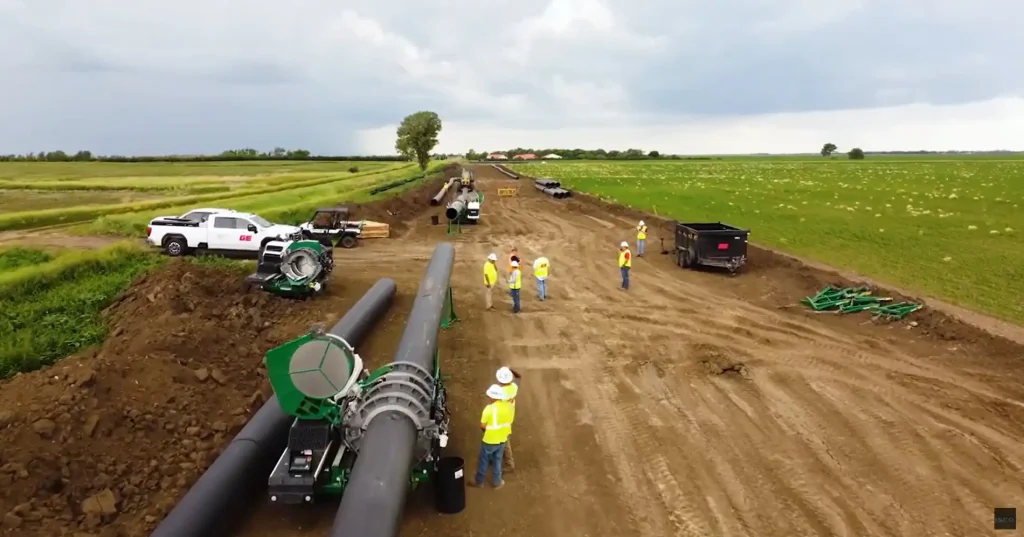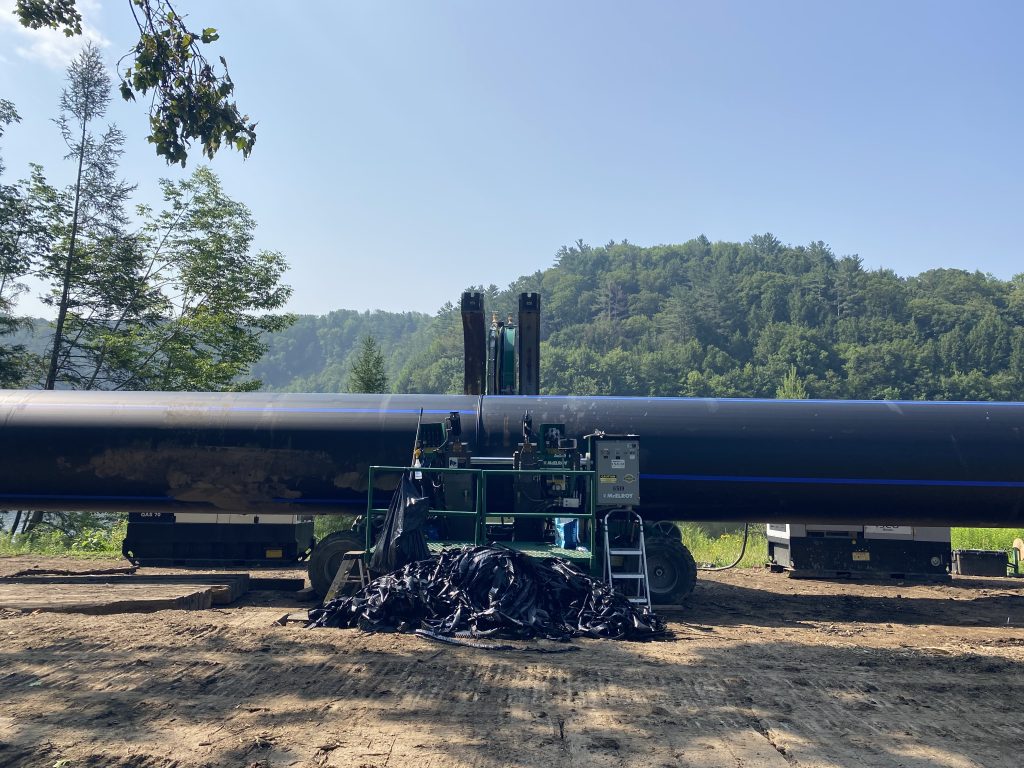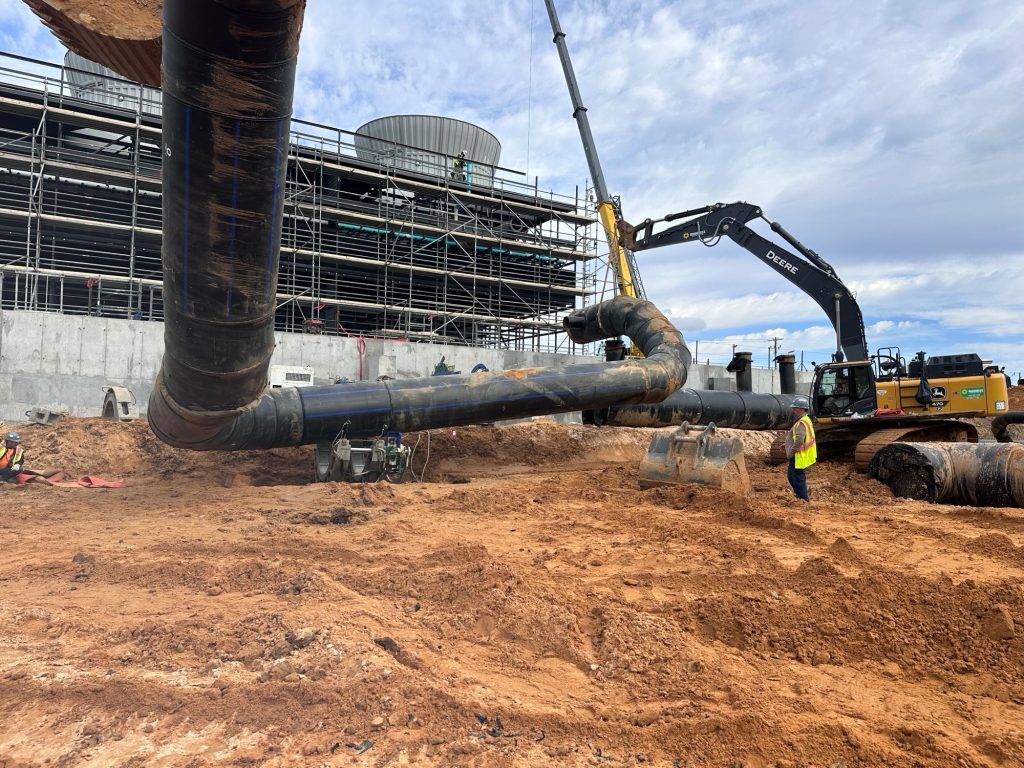Resources
Field Reports
Rehabilitating 40 Levee Culverts with Snap-Tite® HDPE
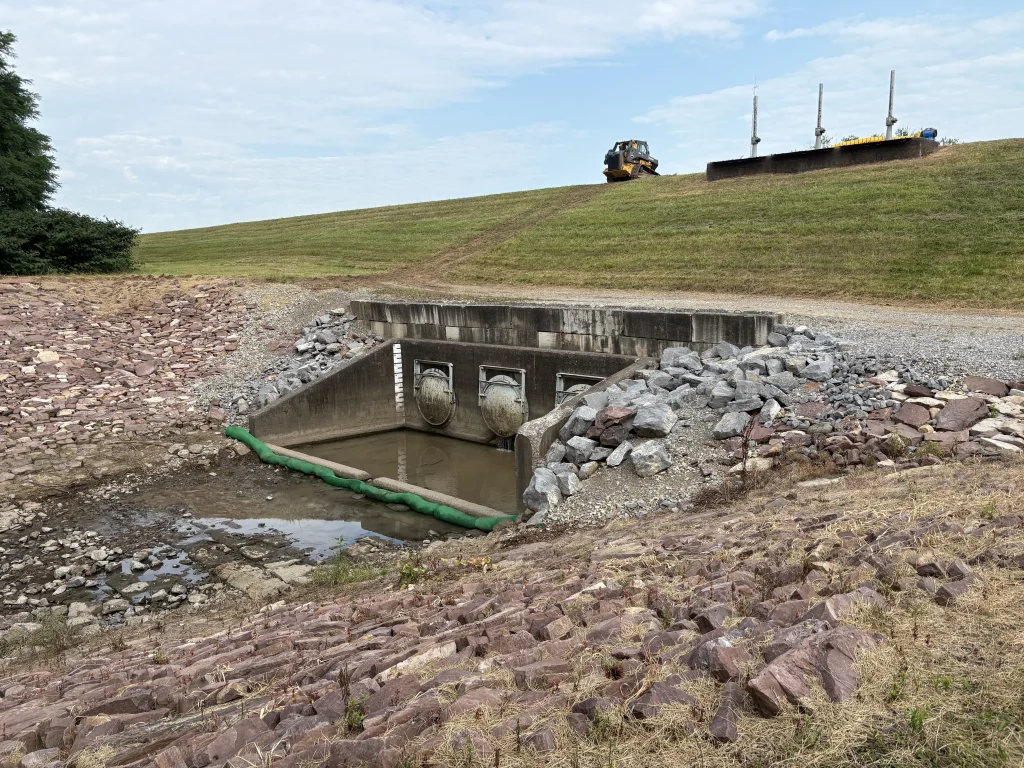
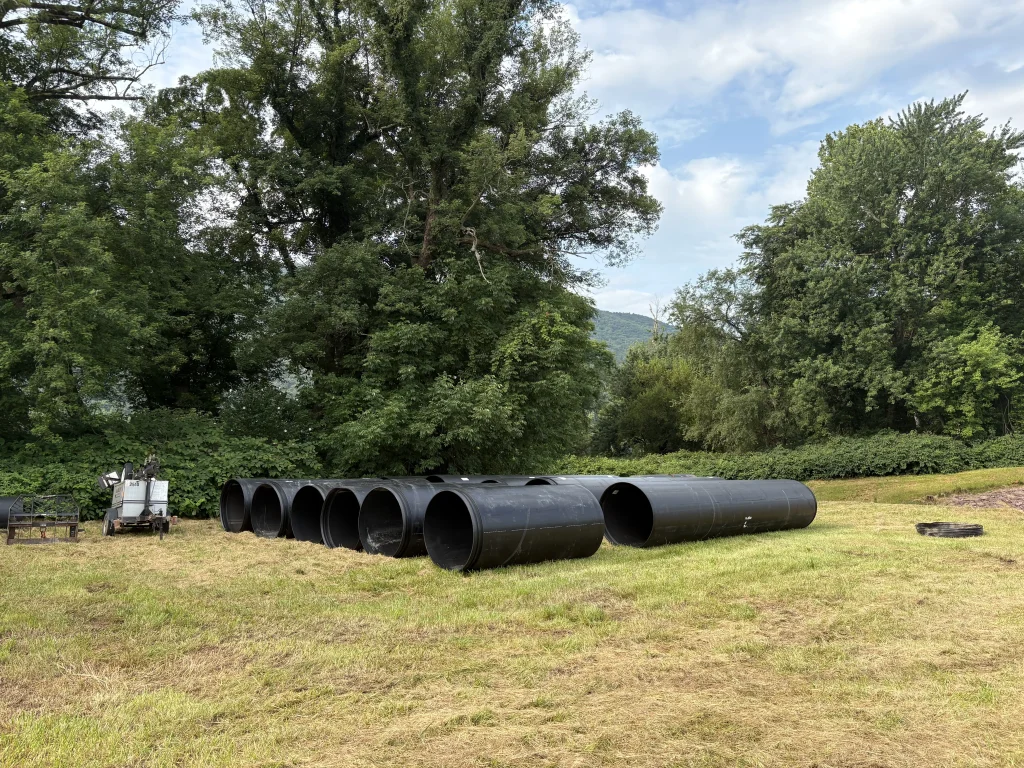

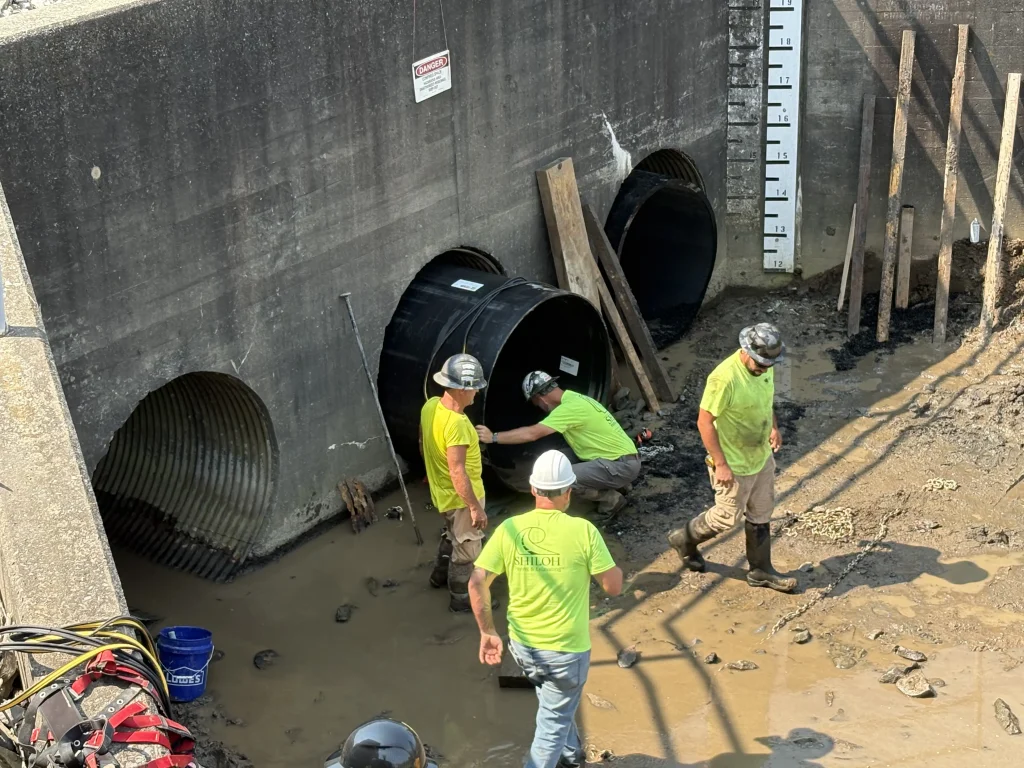
Williamsport and the U.S. Army Corps of Engineers set out to rehabilitate 40 aging culverts within the city’s 20-mile levee system. With excavation prohibited and reliability essential, the team chose Snap-Tite® solid-wall HDPE as the no-dig solution to restore performance quickly and with minimal disruption.
Project Background
Every August since 1947, the top 10- to 12-year-old baseball teams in the world have descended upon Howard J. Lamade Stadium in North-Central Pennsylvania to compete in the Little League World Series.
And countless times for centuries, heavy rains have descended upon that same region, making it one of the most flood-prone areas in the country.
In 1889, over 2,000 perished in the Johnstown Flood.
In March of 1936, the St. Patrick’s Day flood hit much of the Northeast, with the West Branch of the Susquehanna River cresting at over 30 feet and inundating Williamsport.
Just months later, President Franklin Delano Roosevelt signed into law the Flood Control Act of 1936, shifting funds to stormwater and drainage upgrades like the construction of reservoirs, dams, and levees.
In Williamsport in the late 1940s, construction began on a 20-mile-long levee system along the river. Two more flood events delayed completion of the structure by the U.S. Army Corps of Engineers until 1955.
Major flooding events in 1972 and 1996 tested the levee—and it passed with flying colors.
But like so many structures built before the Beatles’ invasion, the time has come to address its deficiencies.
Fixing a Hole, if you will. (IYKYK)
Why the Levee Needed Rehabilitation
After a lengthy assessment of the levee, it was determined that approximately 40 corrugated metal culverts were in urgent need of rehabilitation.
The process required years of planning, collaboration, and engineering—spanning multiple sizes, conditions, and culvert configurations.
Why No-Dig Was Required
When rehabilitating a culvert, there are options, including excavation and replacement.
But in a levee system, excavation was explicitly prohibited.
Why Snap-Tite® Was Selected
While other no-dig options exist, slip-lining with solid wall HDPE Snap-Tite from ISCO and DL VEWS was the clear solution. PennDOT has extensive experience with Snap-Tite, and the Army Corps of Engineers is also a strong proponent of the no-dig approach.
Scope of Work
After assessing and measuring each culvert, a materials list was developed and a phased plan established to rehabilitate the levee system over a four-month period.
Some of the culverts were standard singles; others were triple-barreled (three side-by-side). The sizes ranged from 18″ to 54″ Snap-Tite.
Four of the culverts presented significant accessibility challenges.
Some had off-set elevation changes or were only accessible through concrete gate valve structures within the levee. Some were as far as 30-feet below the ground-level.
Enter ISCO’s Thread-Liner.
While custom lengths and diameters are available, Thread-liner is mass-produced in 30-inch lengths in diameters from 3″ to 42″, Thread-Liner ,“threads”, or screws together, but the shorter lengths and lighter weight allow them to be assembled easily in tight spaces. The threaded sections of polyethylene pipe are inserted into the old culvert, forming one continuous, watertight liner.
Two of the four segments required 36-inch Thread-Liner, one 32-inch, and the fourth, 14-inch, providing a 100-plus-year service life and superior hydraulics.
Installation Process
Rehabilitation prep began by clearing debris from the existing culvert and installing skid rails inside the host pipe at 5 and 7 o’clock to help guide and steady the Snap-Tite.
In many cases, timber blocking is attached at the top of the host pipe at 11 and 1 o’clock to prevent the liner pipe from floating during grouting. Between them, grout tubes were placed at set intervals.
The next step: slip-lining the pipe into the culvert. Each section was joined using Snap-Tite’s ASTM D3212 gasketed bell and spigot joints.
Once installed, both ends of the culvert were sealed with a cement mixture to create a bulkhead designed to contain the cellular grout. Short lengths of pipe (vent pipes) were incorporated into each bulkhead to allow air to escape as grout filled the annular space.
The grout– a blend of concrete and a foam—reduced weight without compromising strength. Snap-Tite pipe was positioned to allow natural water flow through the new smooth-wall interior.
And even though the HDPE liner reduces diameter, the low Manning’s Coefficient of Snap-Tite (0.009) ensures that the flow rate often improves over the old corrugated metal (0.024 Manning’s).
Results
Forty culverts transformed from a liability to better-than-new. All culverts are now structurally sound, hydraulically efficient, and have a projected service life of 100 years.
The levee remained untouched—no excavation, no disturbance, no risk.
And, because of the efficiency of the no-dig solution, the work was done exponentially quicker than traditional replacement.
The entire culvert rehabilitation effort was so minimally disruptive that residents were no more inconvenienced by it then by a crew installing new light bulbs in the city’s street lamps.
When the boys and girls of summer, and their throngs of fans, caravan to Williamsport, Pennsylvania, in late summer 2026 and beyond, they’ll be protected by a fully rehabilitated levee system, thanks to the simplicity and durability of Snap-Tite solid-wall HDPE.
